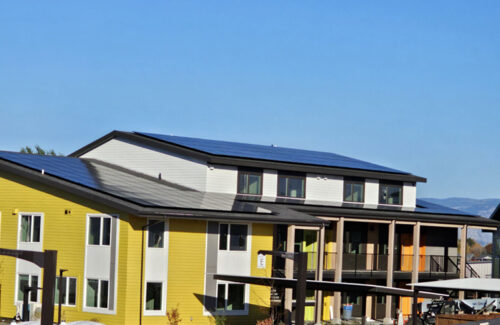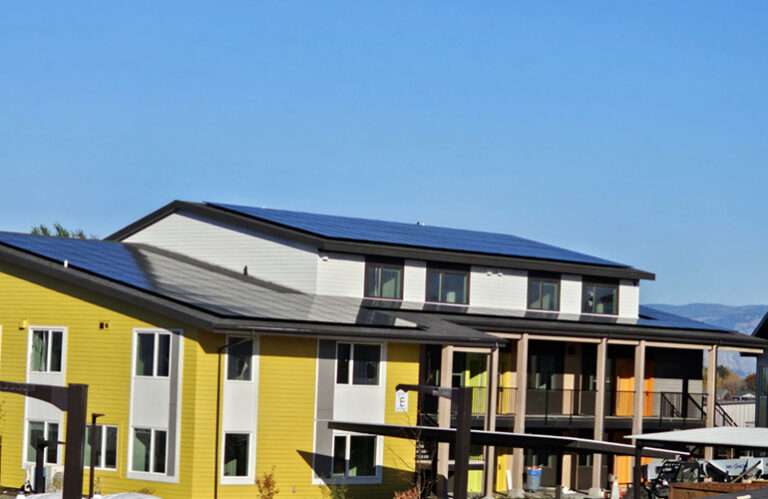
A multi-family solar installation from Enterprise Electric.
The NC Clean Energy Technology Center (NCCETC) has released its publication Third Quarter 2024 Edition of “The 50 States of Solar.” The quarterly series provides insight into regulatory and legislative discussions and actions in distributed solar policy, with an emphasis on net metering, distributed solar rating, community solar, residential fixed charges, demand and residential, third-party owned and utility-directed solar loads. rooftop solar programs.
The report shows that 42 states, plus the District of Columbia and Puerto Rico, took some form of distributed solar policy action by the third quarter of 2024 (see figure below), with the largest number of actions continues to focus on net metering policy (51). and increases in fixed charges or minimum bills for housing (48), and community solar policies (36). A total of 157 distributed solar policy actions were taken in the third quarter of 2024, with the majority in California, Arizona, Massachusetts, Michigan, New York, Pennsylvania and Oregon.
Policy action in Q3 2024 on net metering, rate design and solar ownership
The report identifies three trends in solar policy activity in the third quarter of 2024: (1) states are refining multifamily building participation in net metering, (2) states are revising size limits for solar energy systems, and (3 ) states are re-examining previously approved solar energy systems. compensation mechanisms.
“Several regulatory proceedings have been initiated this quarter to consider changes to the existing net metering system limits,” said Justin Lindemann, policy analyst at NCCETC. “In major proposals, Alaska utility regulators have proposed an increase in the state’s overall net metering capacity limit more than 13 times the current limit.”
The report lists the top five distributed solar policy actions for the third quarter of 2024:
- Appalachian Power files a follow-up net metering tariff with Virginia regulators;
- Connecticut regulators approve new multifamily net metering rules;
- California Governor Vetoed Changes to Multitenant Net Metering and Public Schools;
- A Florida municipal utility detailing planned changes to home design and solar energy; And
- Alaska regulators are proposing an increase in the overall net metering limit from 1.5% to 20% of the utility’s average retail demand.
“Solar regulations continue their evolution this quarter,” said Vincent Potter, senior policy analyst at NCCETC. “Policymakers in several states are considering and/or implementing changes for solar customer generators, including time-of-use impact analysis in Maryland, transition planning for Minnesota’s permanent community solar program and subsequent net metering programs and updates to the community solar credit rates in Virginia.”
News release from the NC Clean Energy Technology Center


